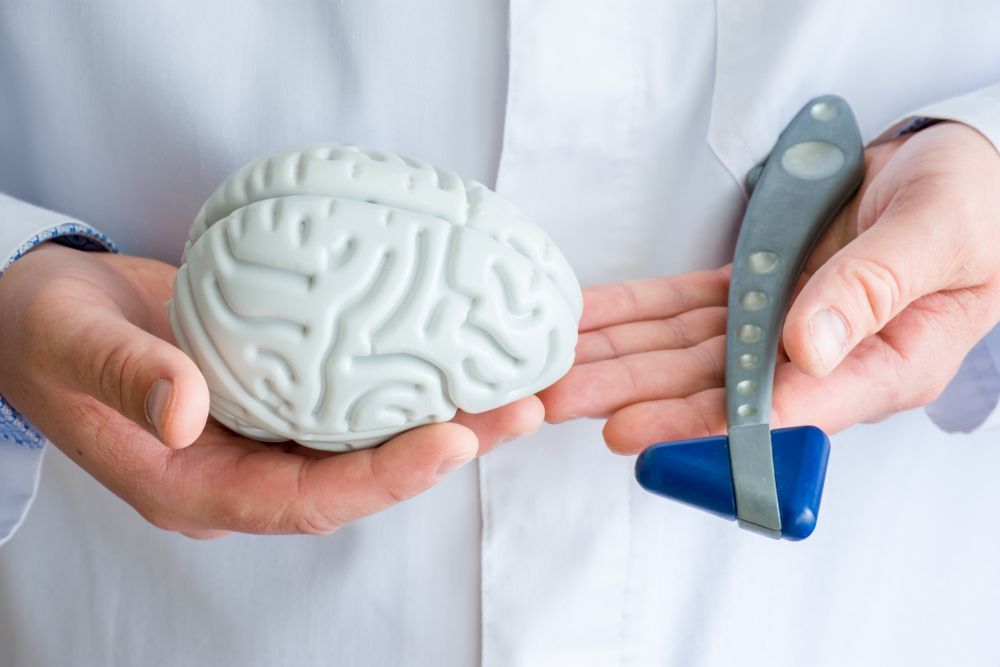Neuroscience is explained as “a multidisciplinary field integrating numerous perspectives from biology, psychology, and medicine, and consists of several sub-fields ranging from the study of neurochemicals to the study of behavior and thought.”
Simply, neuroscience is the branch of science concerned with the study of the nervous system (the brain, spinal cord, and peripheral nervous system) and its functions.
There are a variety of different branches of neuroscience. Neuroscientists are medical research scientists who study the brain (e.g., the cellular, functional, behavioral, evolutionary, computational, molecular, cellular, and medical aspects of the nervous system) and its impact on behavior and cognitive functions. Behavioral neuroscience is the study of the biological bases of behavior (e.g., looking at how the brain affects behavior). While neuroscientists aim to gain a deeper understanding of how the billions of nerve cells in the brain grow and connect to become organized functional circuits, behavioral neuroscientists are specifically interested in the neurophysiological processes that directly inform the development of behaviors and how they are established and represented in the nervous system.
Neuroscience Methods
Neuroscientists conduct experiments to understand how sensory information is processed and lead to behavior. Early neuroscientists performed clinical observations to study mind-brain connections (e.g., observed damage to right side of brain paralyzed left side of body). Neuroscience has created new and advanced ways for scientists to assess the biological processes that underpin behavior. Methods of research for neuroscience range from highly invasive procedures to completely noninvasive techniques. Neural activity can be measured through different technologies, such as:
- Positron emission tomography (PET) scan uses a radioactive drug to show both normal and abnormal metabolic activity and helps to reveal the metabolic or biochemical function of one’s tissues and organs.
- Functional magnetic resonance imaging (fMRI) is the most common type of brain imaging, that detects brain activity by measuring changes in blood flow.
- Electroencephalography (EEG) monitoring identifies and records the brain’s electrical activity through electrode sensors placed on the scalp. Voltage changes come from ionic current within and between neurons, and these signals can be amplified and digitized so individuals are then able to study their own cognitive processes.
Modern technological advances have helped neuroscientists identify correlations between brain and mental states.
Further Information and Support
For most of us, life can be very stressful, leading us to feel emotionally charged, which can cause anxiety, panic attacks, depression, and getting stuck in a cycle of being burdened with negative thoughts. Navigating through the challenges and emotional turmoil of life can be overwhelming, but you do not have to go through it alone. Engage Treatment is a Joint Commission Accredited professional psychological practice. We specialize in treating children, teens, and young adults struggling with depression and anxiety through community-focused treatment plans that incorporate a carefully selected combination of therapeutic interventions. Our compassionate, multidisciplinary practitioners are devoted to providing the highest quality of care that helps ignite positive change and enables clients to reach optimal health and well-being. Please do not hesitate to reach out for guidance. We are happy to answer questions and provide you with any additional information. Feel free to call us at 805-497-0605 or email us at [email protected]. You are also welcomed to get in touch by filling out our contact form. We look forward to connecting and having the opportunity to discuss how we might best be able to support you.
Contact Us
Westlake Campus:
IOP Program
2625 Townsgate Road, Suite 210
Westlake Village, California 91361
Agoura Campus:
Private Therapy & Parenting Program
30300 Agoura Road, Suite 250
Agoura Hills, CA 91301
805-497-0605
805-371-4862











© 2023 Engage Treatment Program, Inc. All Rights Reserved.
LGBTQ Friendly
About
• About Engage
• Our Team
• Career Opportunities
• Individual / Family Therapy






